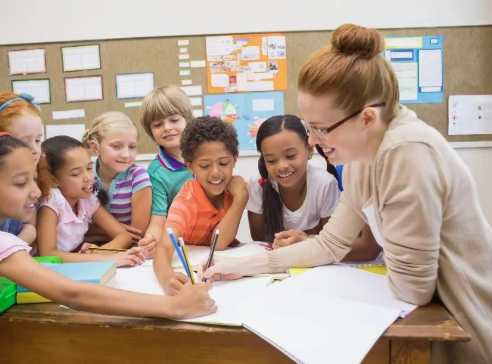In modern classrooms, fostering student voice is essential to building confidence, engagement, and meaningful participation. Personalized learning creates space for students to express their ideas, preferences, and goals—placing them at the center of their educational experience. When students are given opportunities to share their voice, they become more invested in learning and develop stronger communication and critical thinking skills.
The Connection Between Voice and Choice
One of the foundational elements of personalized learning is student choice. Whether choosing how to approach a project, selecting reading materials, or deciding how to demonstrate understanding, these options empower learners to take ownership of their path. Voice and choice work together to create a more inclusive and motivating environment where all students feel valued.
Creating Safe and Supportive Spaces
Empowering student voice begins with building a classroom culture where learners feel respected and heard. Teachers can foster this culture by encouraging open dialogue, actively listening to student feedback, and celebrating diverse perspectives. Personalized learning environments prioritize emotional safety and support, allowing students to take risks and share their thoughts without fear of judgment.
Encouraging Reflective Learning
Personalized learning often includes activities that prompt students to reflect on their progress, strengths, and areas for growth. Journaling, self-assessments, and goal-setting exercises give students a platform to articulate their thoughts and take responsibility for their learning. These reflective practices not only develop metacognitive skills but also strengthen student voice.
Integrating Technology to Amplify Voice
Digital tools such as video blogs, online discussions, and multimedia presentations provide students with additional avenues for self-expression. Technology expands the ways students can communicate their ideas, especially for those who may feel less comfortable speaking in traditional classroom settings. These tools make learning more dynamic and student-centered.
The Role of Educators
Teachers play a crucial role in guiding students to find and use their voice. This includes modeling respectful dialogue, providing constructive feedback, and designing assignments that invite creativity and autonomy. When educators trust students with meaningful responsibilities, students rise to the challenge and become active participants in their education.
Conclusion
Empowering student voice through personalized learning is about more than offering choices—it is about recognizing students as partners in the learning process. By listening, encouraging, and respecting their input, schools can foster confident, thoughtful learners who are prepared to contribute meaningfully to their communities and beyond.














